by Rainer Knaak
As usual, we will analyse pitfalls from the last few months, where both players should have a rating of at least 2000. You can also watch the video of traps 4, 5 and 8.
The power of the bishops
Piscicelli,D - Mendes,A 0-1 (Sicilian)
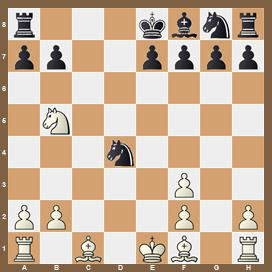
This is the critical position after 6...Bg4. Black has several acceptable moves, but none of them equalise completely. The two strong white bishops outweigh the black extra pawn and the fact that Black moves first.
Not a good idea
Filgueira,H - Fudalej,M 1-0 (Caro-Kann)
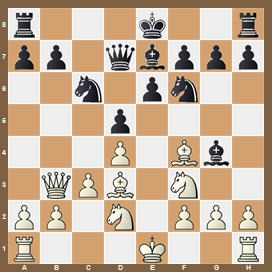
n the Exchange Variation of the Caro-Kann there are two possibilities for Black. ...Qc8 and later ...Be7 to keep as many pieces on the board as possible; or ...Qd7 and ...Bd6 to simplify the position by exchanging the dark-squared bishops. It's not a good idea to play ...Qd7 and then ...Be7. Because in the diagram White plays 10.Ne5, after which 10...Nxe5? 11.dxe5 doesn't allow Nf6, because 12.Bb5 would win the queen.
Extremely high risk
Nava,R - Barak,G 1-0 (King's Gambit)
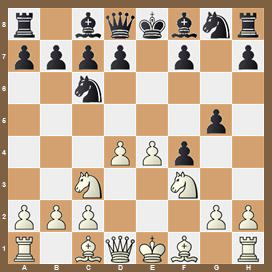
In this King's Gambit with the interpolated moves Nc3 and Nc6, White is taking a big risk, and is dependent on Black blundering at least once. After 5...g4! 6.Bc4 gxf3 7.0-0 Bg7! White definitely has too little compensation for the piece, but after his opponent's mistakes on moves 9 and 11 he was already winning.
Double invitation for the knight
Myers,D - Herman,M 0-1 (Vienna Game - update from CBM 178)
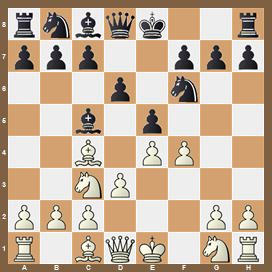
The diagram position invites 5...Ng4, but this is almost a trap, because after 6.f5! Black can hardly find the necessary defensive moves over the board. A variation of the trap arises after 5...Nc6 6.Nf3 Ng4? 7.Ng5! after which White already has the advantage.
In the first video Rainer Knaak presents a number of
spectacular attacking ideas, e.g. after 6.f5 Nf2? 7.Qh5
Hard to predict stunner move
Soraas,T - Tulchynskyi,F 0-1 (Italian)
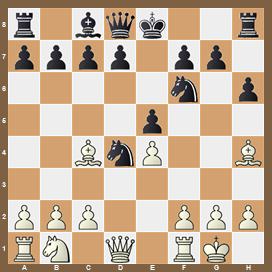
This trap begins a few moves earlier. If Black has made it this far, there is still a hurdle ahead. They might think that the best way to shake off the pin on Nf6 is with 8...g5. But White replies with the hard-to-predict stunner 9.f4!! and only if Black finds the best defence (9...d5 and 10...gxh4 or vice versa) can they get a playable position, but not complete equality.
It actually starts with the unusual 5.d4 - which
offers Black three possibilities for capturing on d4
Worthless pin
Donchenko,A - Gunnarsson,J 0-1 (Italian - Update from CBM 191)
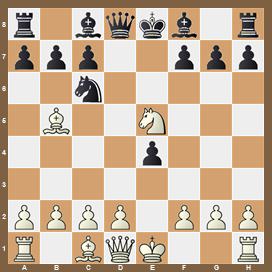
Perhaps White was expecting something from the threat to the Nc6. But Black now uses their agile queen, either with 7...Qd5 8.Bxc6+ bxc6 9.d4 Ba6! or even better with 7...Qg5! 8.d4 (8.Nxc6 Qxb5!) 8...Qxg2 9.Rf1 Bd6! 10.Nxc6 a6. In both cases White can't take advantage of the pin on Nc6.
Cut-off bishop
Manukyan,S - Tsatsalashvili,K 1-0 (Queen's Gambit - update from CBM 193)
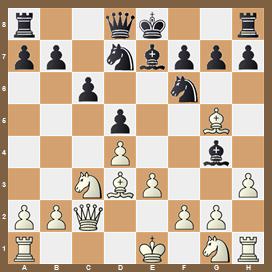
Here almost everyone plays 9...Bh5, but after 10.f4! there's the threat of a classical piece win with the bishop cut off, which Black can only prevent by losing a pawn: 10...h6 11.Bxf6 Bxf6 12.g4 etc.
Setup messed up
Lazavik,D - Bacrot,E 1-0 (Catalan/Queen's Indian - update from CBM 193)
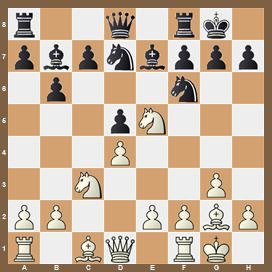
Black has just played 9...Nbd7 and has thus messed up his build-up. This is followed by 10.Qa4! and White threatens to capture on d7, after which the d5-pawn is lost. Black can no longer develop sensibly and only 10...Nb8 would avoid losing material.
Even strong grandmasters like Etienne Bacrot occasionally
choose this set-up, which White can use to win a clear
winning position. Rainer Knaak shows how it works!